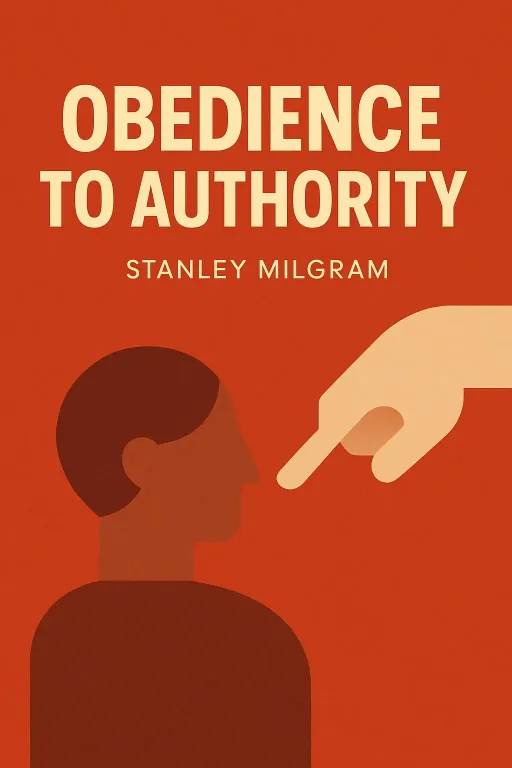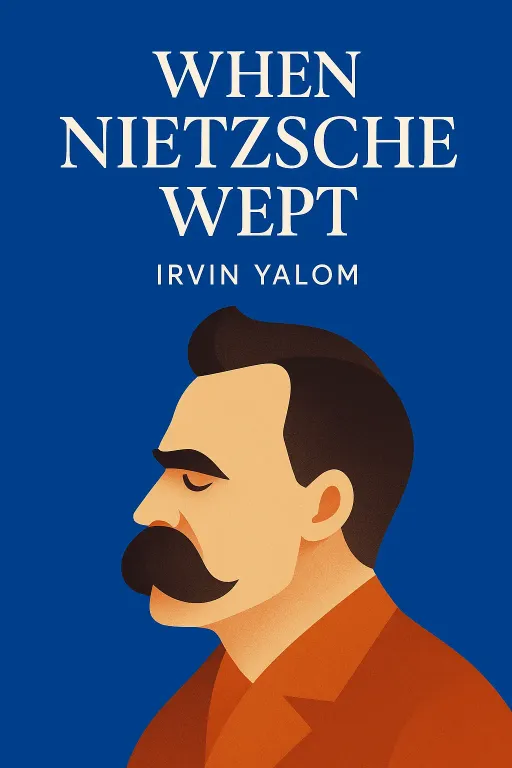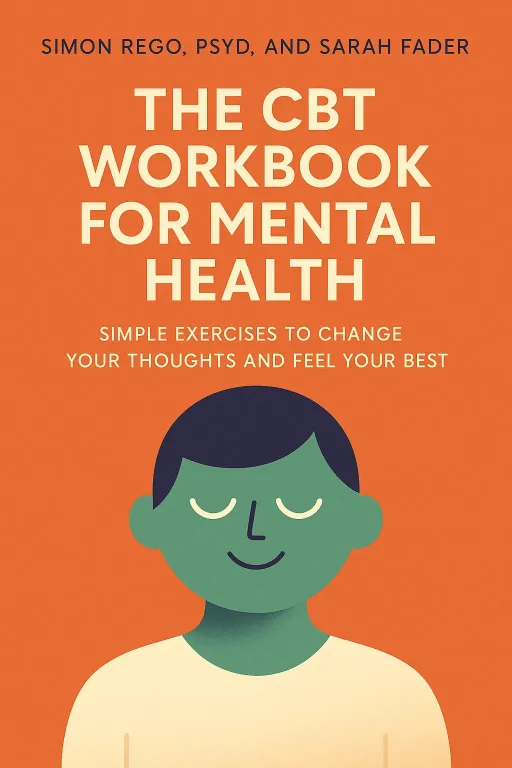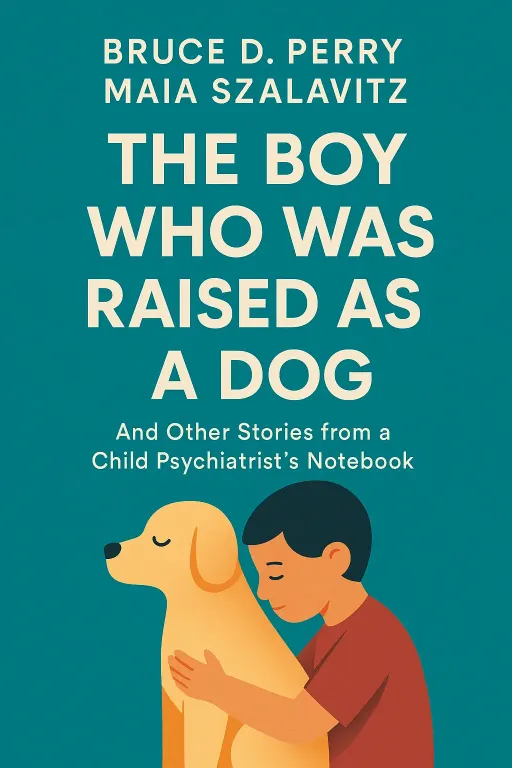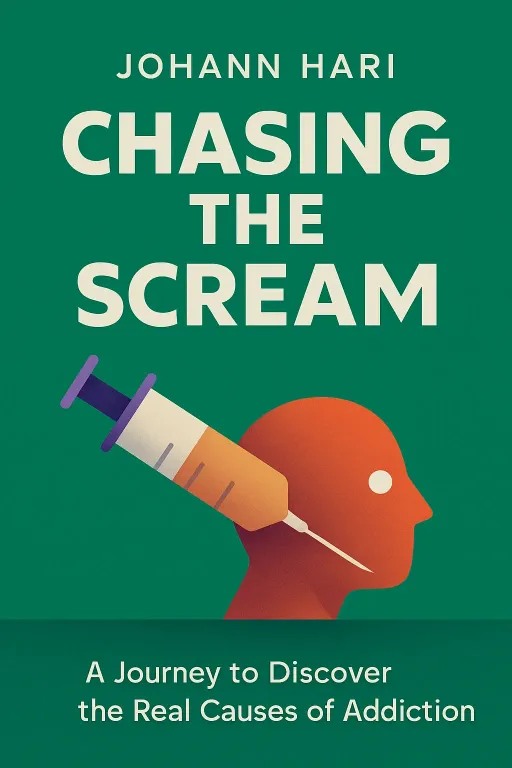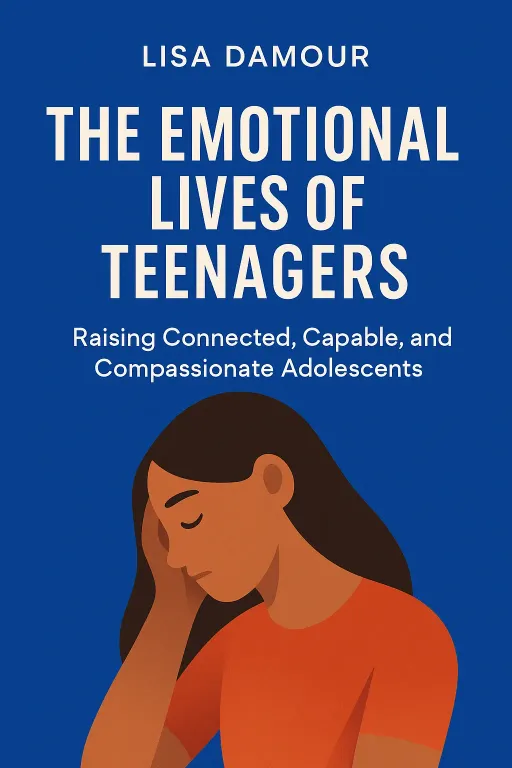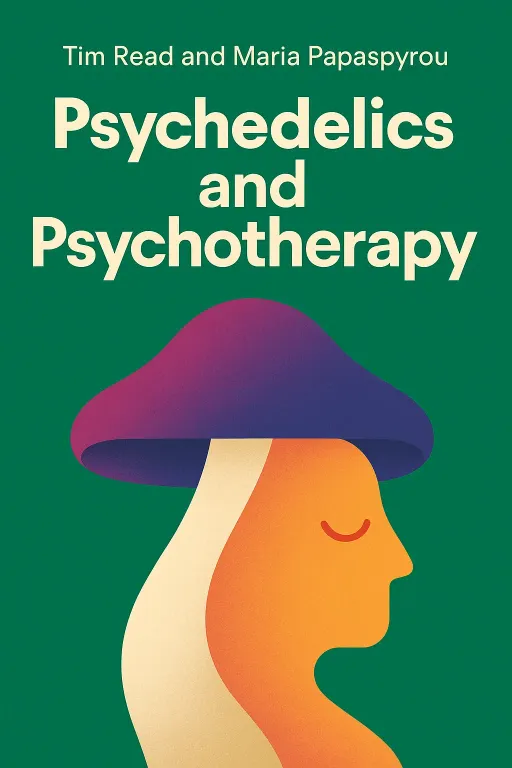
Hacking Consciousness: A Software Engineer's Guide to Psychedelic Psychotherapy
9 minGolden Hook & Introduction
SECTION
Nova: What if you could access the source code of your own mind? Not just the applications you run every day—your habits, your skills—but the deep, underlying operating system that was coded in your earliest years. What if you found a bug, a piece of old, corrupted code from a past trauma, that's been causing system-wide errors for your entire life? Today, we're exploring a radical idea: that certain tools, used correctly, can act as a debugger for the human psyche.
Nova: We're diving into the book "Psychedelics and Psychotherapy" by Tim Read and Maria Papaspyrou. And with me is Whatsuapman 44, a software engineer and a deeply analytical thinker. Welcome!
Whatsuapman 44: Thanks for having me, Nova. That "source code" metaphor is already spinning in my head. It immediately makes me think of the concept of 'technical debt' in software development. You know, when you take shortcuts early on, and they build up over time until the whole system becomes unstable and hard to maintain. It sounds like trauma is a form of emotional debt.
Nova: That's a perfect analogy, this idea of 'emotional debt.' And it sets the stage for our whole conversation. Today we'll tackle this from two main perspectives. First, we'll explore the crucial concept of 'set and setting'—thinking of it as the operating system for our consciousness. Then, we'll discuss what might be the most important part of the whole process: integration, or how you turn a life-changing insight into a life that's actually changed.
Deep Dive into Core Topic 1: The Operating System of the Mind: Set, Setting, and Trauma
SECTION
Nova: So let's start with that operating system. This idea of 'emotional debt' brings us to our first core idea from the book, championed by the brilliant Dr. Gabor Maté in the foreword. He argues that we've been looking in the wrong place for the source of our mental health crises. Western medicine, he says, often focuses on biology, on brain chemistry—the 'hardware,' if you will. But it almost completely ignores the 'software environment' our minds run in.
Whatsuapman 44: The runtime environment. You can have perfect code, but if you run it on a buggy or insecure operating system, it's going to fail.
Nova: Exactly! And that's where the terms 'set' and 'setting' come in. 'Set' is your mindset—your intentions, your fears, your hopes, what you bring to an experience. 'Setting' is the physical and social environment—the room, the people, the level of support. The book makes a powerful point that the substance itself, the psychedelic, is not the active ingredient for healing. The context is.
Whatsuapman 44: So the drug isn't the 'magic bullet,' it's more like a high-powered diagnostic tool. And the results you get depend entirely on how you use it.
Nova: Precisely. The book gives a stark example. Imagine someone using drugs in a dingy, loud bar. The intention, the 'set,' is likely escape, to numb out, to lower consciousness. The 'setting' is chaotic and unsupportive. The outcome is predictable. Now, contrast that with a ceremonial use of a plant medicine like ayahuasca, as described in the book. The 'set' is one of healing and intention. The 'setting' is a quiet, safe space, guided by an experienced shaman or therapist who is there purely to provide support. The substance might be powerful in both cases, but the outcomes are worlds apart. One leads to more disconnection, the other opens a path to healing.
Whatsuapman 44: That's fascinating. It's not the API call itself, it's the entire system architecture and the intention behind it. You can use the same powerful tool to build something beautiful or to hack the system and cause chaos. The context is everything.
Nova: And this is where it gets really deep. Maté defines trauma not as the bad thing that happened to you, but as the that happened as a result. He says, "trauma is about loss of connection—to ourselves, to our bodies, to our families, to others, and to the world around us." It's a persistent bug in the operating system that affects every application you try to run.
Whatsuapman 44: Wow. That makes so much sense from a creative and motivational standpoint, which are things I'm really interested in. When you're disconnected from yourself, your creativity suffers, your motivation just plummets. You're essentially running in 'safe mode.' You can perform basic functions, but you can't access your full processing power or run the most demanding, creative applications.
Nova: I love that 'safe mode' analogy! It's so true. You're just getting by, but you're not thriving. And the book argues that these psychedelic experiences, in the set and setting, can be like a system reboot that takes you out of safe mode.
Deep Dive into Core Topic 2: Integration as Deployment: Turning Insight into Action
SECTION
Nova: But that leads perfectly to our second, and maybe most critical, point. Because even if a psychedelic experience reboots you out of safe mode and shows you your full potential, how do you there? The book calls this 'traction' or, the more common term, 'integration.'
Whatsuapman 44: Right. A reboot is temporary. If the underlying corrupted file is still on the hard drive, the system will eventually crash again. You have to actually patch the bug.
Nova: You're one step ahead of me! That's exactly it. The authors, Read and Papaspyrou, state it clearly in the preface: "while psychedelic states offer unequalled access to the deep psyche, this is usually not in itself enough." The experience is the 'alpha build' that shows you what's possible, but it's not the final product. The real, and often hard, work is integrating it into your life.
Whatsuapman 44: The deployment phase.
Nova: The deployment phase! Let's look at a story from Chapter 4 that shows this perfectly. It's about a woman named Elli. She'd been in therapy for a year, dealing with the fallout from being separated from her mother at age five. This was a deep wound, a core 'bug' that affected all her relationships. She couldn't access the pain through normal talk therapy.
Whatsuapman 44: The bug was buried too deep in the legacy code.
Nova: Exactly. So, she participates in an ayahuasca ceremony with the specific intention of addressing this. During the journey, she has this incredibly powerful vision. She sees herself as a five-year-old at the airport, and then she sees a white alabaster statue that she knows represents the cold, hard defenses she built around herself. In the vision, she breaks the statue, and inside is a 'golden girl'—her true, vibrant self.
Whatsuapman 44: That's an incredible image. So, the debugger found the exact line of corrupted code and showed her what the corrected code could look like.
Nova: Yes! But here's the key part. The vision itself didn't magically fix her. The book says she then brought that vision, that 'golden girl,' back into her therapy sessions. That's where the integration happened. She mourned the loss, she developed compassion for her mother, and she started to consciously 'claim love in her life in new ways.' She used the insight from the journey as a blueprint for the hard work of rewriting her daily patterns.
Whatsuapman 44: So Elli's experience was like a successful unit test. The vision proved a new way of being was possible. But the integration was the hard work of refactoring her entire codebase—her daily thoughts, her relationships—to make that new feature work in production.
Nova: A perfect summary. And the book shows the opposite, too. A woman named Eva had a traumatic journey in what's described as an 'inadequately held space'—a bad 'setting.' She had no support for integration. The result? She aborted therapy, moved back to her home country, and regressed into old patterns.
Whatsuapman 44: That's like pushing a buggy feature to production without testing or a rollback plan. It just crashed the whole system. It really underscores how vital that supportive 'setting' and the 'deployment plan' of integration are. Without them, the whole endeavor is not just useless, but potentially harmful.
Nova: It really is. And as an ISFP, an "Artist," you might appreciate that the book discusses creative ways to do that 'refactoring.' In Chapter 19, a contributor named John Ablett talks about using mandalas—creating circular art—to visually map his experiences. It's a non-verbal way to process the code, to give it form.
Whatsuapman 44: That's powerful. It's like creating a visual schematic of the new architecture. It's not just abstract thought; it's a creative, tangible process. That appeals to both the 'artist' and the 'engineer' in me. You're building a model of the new system you want to become.
Synthesis & Takeaways
SECTION
Nova: So, to bring it all together, we've seen that healing our deepest 'bugs' isn't about finding a magic pill or a single command. It's about creating the right 'operating environment'—the set and setting—to even see the problem clearly.
Whatsuapman 44: And that the insight, the 'aha' moment, is just the beginning. It's the proof of concept. The real transformation happens in the 'deployment' phase—the hard, creative, and ongoing work of integration.
Nova: Absolutely. So, for everyone listening, and for you, Whatsuapman 44, here's a thought to take away, inspired by the book's principles but applicable to anyone, no psychedelics required.
Whatsuapman 44: I'm ready.
Nova: Think about one small, persistent 'bug' in your own life—a habit you want to change, a mindset that holds you back. Instead of trying to force a fix, what's one thing you could change in your 'setting' this week? Could you change your physical space, the information you consume, or the people you talk to, to create a better environment for that change to happen more naturally?
Whatsuapman 44: That's a great, actionable question. It shifts the focus from willpower, which can be unreliable, to system design. It's about optimizing the environment, not just brute-forcing the code. I'll definitely be thinking about that. Thanks, Nova.
Nova: Thanks for bringing your unique perspective, Whatsuapman 44. It's been a fantastic deep dive into the architecture of the mind.
